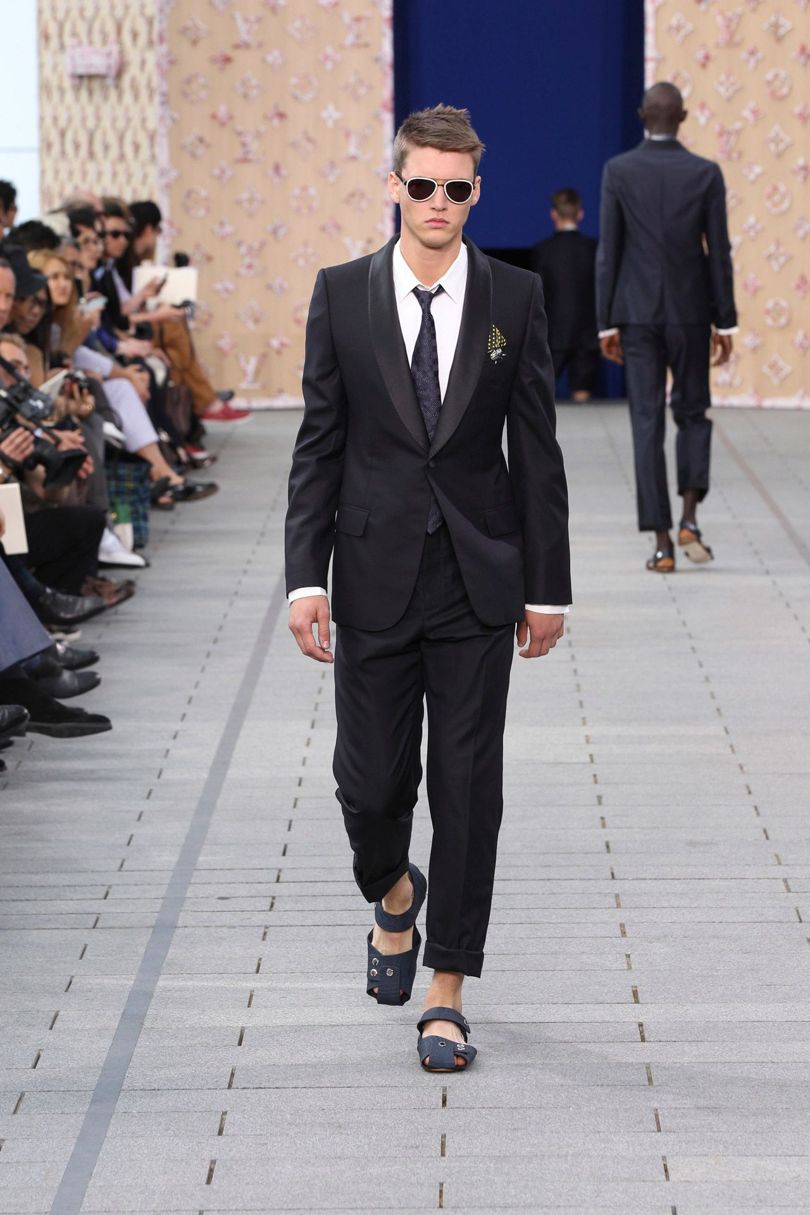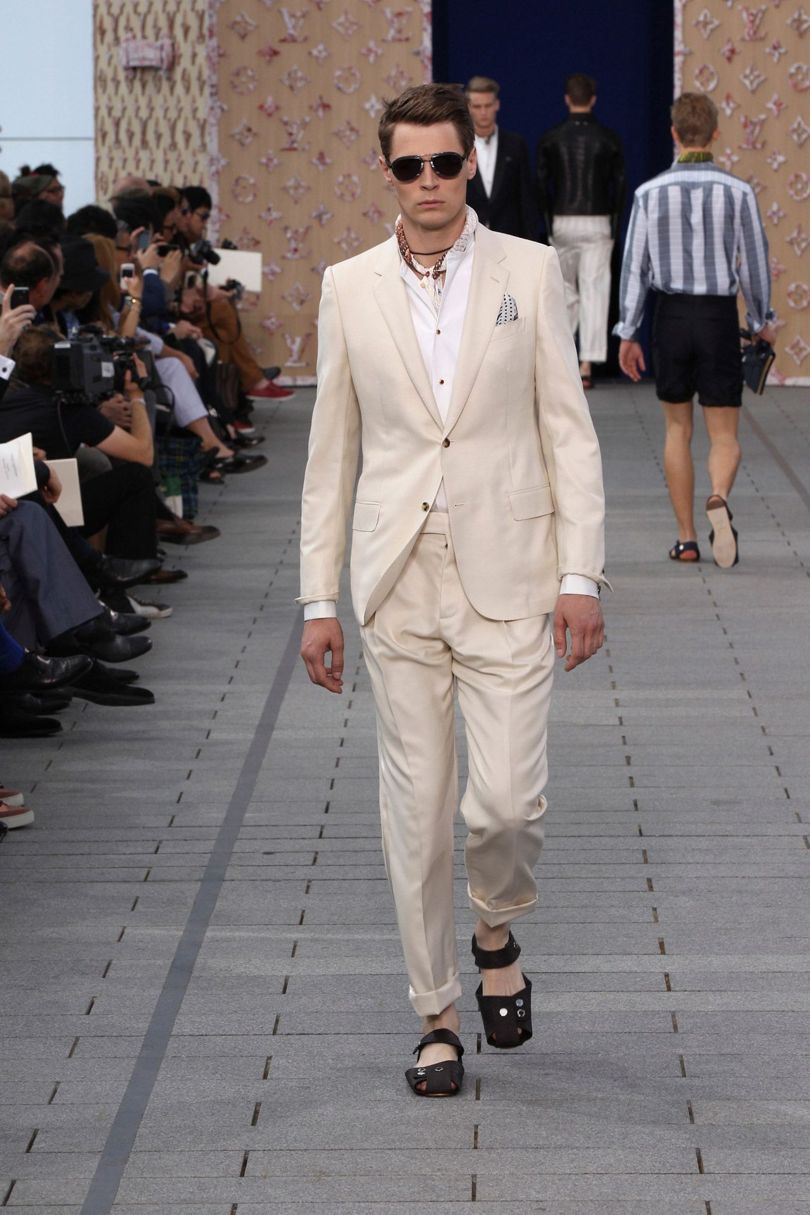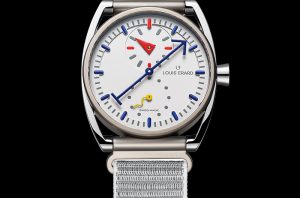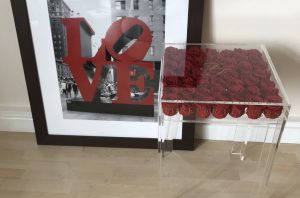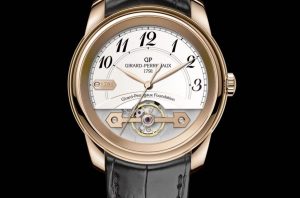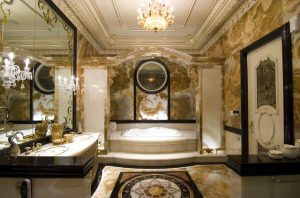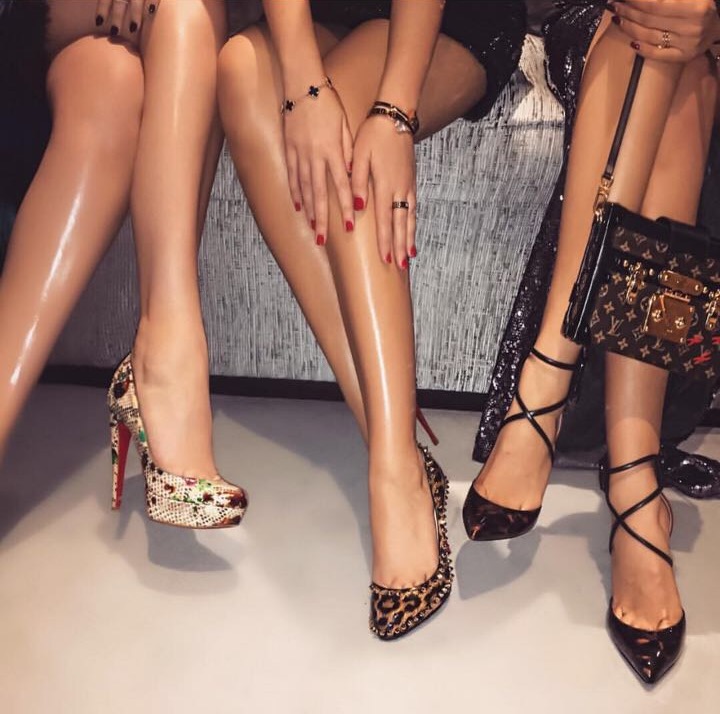
Today it may be one of the biggest and most profitable luxury brands on the planet, a byword for indulgence from Beijing to Bond Street, but Louis Vuitton’s origins are more humble, dating back to a young man who left home to make his living packing luggage for the great and the good in 19th-century Paris.
Louis Vuitton himself was born the son of a miller in 1821 in Anchay, a hamlet in the Jura Mountains, not far from the Swiss border. The region was a poor one – serfdom had only been abolished less than 40 years previously, so Louis left to seek his fortune when he was a teenager, arriving in the French capital aged 16. This was the Paris of Victor Hugo’s Les Misérables, with nearly one million inhabitants. As the composer Chopin said in a letter to a friend at the time, “Here you find the greatest luxury and the greatest filth, the greatest virtue and the greatest vice.”
The teenager was taken on as an apprentice by Monsieur Maréchal, a box maker and packer on the Rue Saint-Honoré, then, as now, one of the main thoroughfares of fashionable Paris (today the achingly stylish store Colette sits on the site). Vuitton was to work there for 17 years. By the time he left the service of Maréchal, Charles-Louis Napoleon, the nephew of Napoleon Bonaparte, had seized power and had proclaimed himself Emperor Napoleon III. Paris was on the verge of becoming the global epicentre for taste and luxury and the city was a whirl of parties. The Emperor had employed Baron Haussmann to redesign the heart of the capital and create the city we can see today. It was also the era of the enormous crinoline hooped skirt. These huge constructions were difficult to transport, so not surprisingly the services of professional packers were in great demand.
In 1854, Vuitton married the 17-year-old Clémence-Emilie Parriaux and decided to open his own company on the Rue des Capucines, just around the corner from his old boss. He advertised his services on a small poster that read, “Securely packs the most fragile objects. Specialising in packing fashions.” He also decided to offer his clients trunks that he made himself in a workshop beside the recently opened Gare Saint-Lazare. His success was immediate.
He became well known for his innovations, such as using canvas and glue for the casing rather than hide, which could impregnate the contents of the trunk with its smell. He also offered luggage in fashionable colours – in particular a pale shade he called Trianon grey.
But the big leap forward came in 1858 when he introduced the slat trunk, which was reinforced with beech slats and covered in Trianon grey canvas. This is arguably the first ever piece of modern luggage and is a design that is still used today. It was the dawn of the age of global travel and to keep up with booming demand, Vuitton moved his workshop to the village of Asnières on the banks of the Seine, three miles from central Paris, where the company’s luggage is still made. The factory also became the Vuitton family home, when Louis Vuitton built two villas in the grounds – one for himself and one for his son Georges, who took over the company on his father’s death in 1892 and started the family business on its path of global expansion.
Georges had been sent to school in Jersey to learn English and had already opened the company’s first overseas store in London, at 289 Oxford Street. Unfortunately, the years have not been as kind to central London as they have to Paris, and while Louis Vuitton’s first place of work is now one of the world’s hippest stores, the original London space is a branch of the Garfunkel’s restaurant chain. Sales in the Oxford Street store were disappointing, so a few years later a new store opened on New Bond Street, opposite where the Maison Louis Vuitton can be found today.
From here, the company went on to conquer the world. In 1889, the company presented a new canvas at the Exposition Universelle in Paris – where the Eiffel Tower was unveiled. The success of previous canvases, such as the Trianon grey, had led to an explosion of counterfeits so this new design included a discreet registered trademark and was patented – a very early example of fashion branding. The pattern of alternating brown and beige squares was known as Damier (French for chequerboard). It won a gold medal at the exposition and, since its reintroduction in 1996, has become synonymous with the label.
In 1890, the company patented a tumbler lock that was said to be unpickable and is still used today. Georges Vuitton publicly challenged the American escapologist Harry Houdini to try to crack it. “Sir, I believe the box you use in your act has been prepared for this purpose and I take the liberty of setting you a challenge. It involves escaping from a box of my own making, which will be closed, after you have gotten into it, by one of my staff.”
Houdini’s response is not known
The famous Monogram canvas was first introduced in 1896 then, in 1914, Vuitton opened the then biggest luggage store in the world on the Champs-Elysées, securing its reputation as the world’s most luxurious travel brand – the favourite of maharajahs, millionaires and movies stars. And it could supply its customers with anything they could possibly need for their travels, from intricate vanity cases or trunks for polo mallets to the Secretary desk, complete with filing cabinets, collapsible desk and a typewriter. But if you preferred totravel light, in 1930, Louis Vuitton introduced the Keepall, the prototype of the modern holdall, which is still in production today.
By the time the company reached its centenary in 1954, the Vuitton monogram was one of the most recognisable logos in the world. Salvador Dalí even took inspiration from it to create his own “Dalígram”. Loyal customers included Georges Simenon, the Duke and Duchess of Windsor, Christian Dior, Hubert de Givenchy, Charles Aznavour, Luchino Visconti, Kirk Douglas… the list goes on. In 1959, the company introduced the supple monogrammed canvas coated in PVC that became its trademark.
Still a family firm, in 1984 the company was listed on the Paris Bourse. It already owned other luxury brands such as Givenchy, Veuve Clicquot and Loewe, and three years later it merged with the drinks giant Moët Hennessy to create what was to become the world’s biggest luxury conglomerate, LVMH.
It was time for the company to expand beyond luggage to become an all-round luxury brand. In 1996 Louis Vuitton asked seven designers to create special pieces to celebrate the centenary of the launch of the classic Monogram canvas. These included Helmut Lang, Azzedine Alaïa, Sybilla, Manolo Blahnik, Vivienne Westwood, Isaac Mizrahi and Romeo Gigli. The results were so successful that LVMH head Bernard Arnault decided to launch Louis Vuitton as a fashion label and in 1997 the house hired the New York designer Marc Jacobs as its creative director, with the brief to come up with its first ready-to-wear line for men and women. “When I saw the first trunk in Trianon grey canvas,” says Jacobs, “I said to myself, ‘That’s how Louis Vuitton got started and that’s how we, too, are going to start, with greys and whites, with a logo hidden inside the clothing.’ Initially, people were disappointed because they expected a collection that was a little more jazzy, more glamorous. They wanted a flashy monogram style.
But I believed we should design the collection as it had been, to show that we were being loyal to the company’s humble beginnings.
Not that Jacobs was willing to stay muted for long. He soon brought in Stephen Sprouse, the Eighties New York fashion designer, to reinvent the Monogram canvas in graffiti style. He then cast Jennifer Lopez in an advertising campaign, causing uproar among style purists at the idea of pairing the distinctly populist “Jenny From The Block” with the decidedly up-market Vuitton. Jacobs had the last laugh as it went on to be a huge commercial success. Later campaigns featured the likes of Uma Thurman, Angelina Jolie, Sean Connery and Mikhail Gorbachev. Jacobs brought celebrity to the brand and was quick to capitalise on the hip-hop world’s fascination with Louis Vuitton by asking Pharrell Williams to design a sunglasses collection for LV in 2005. Pharrell returned the favour the following year when he name checked Kanye West as the “Louis Vuitton don” on his single “Number One” in 2006.
Today, Louis Vuitton menswear is an increasingly important part of the business. The USP is laid-back super-luxe – using the finest materials and the best fabrication – and could be best summed up by the piece Vuitton’s menswear designer Kim Jones wore to a GQ Style party in London this March. It was a simple varsity-style jacket, but the body was buttersoft croc, while the sleeves were cashmere.
Jones, 32, was appointed to the role in spring last year, having been the creative director at Alfred Dunhill. He studied at Central St Martins; his graduation show garnered so much attention he was able to launch his own brand on the back of it and presented his first collection at London Fashion Week in 2003. He came to prominence when he was chosen to design a collection for the sportswear brand Umbro. He also worked with Mulberry, Alexander McQueen and Topmanbefore landing at Alfred Dunhill, where his background as a sportswear designer caused quite a stir, with mutterings that the venerable British brand would suddenly start producing T-shirts. Back then, the Times described him as “more club kid than club man”. This proved to be a groundless fear and Jones took to the luxury market like a duck to Badoit, producing collections of faultless tailoring.
Then Marc Jacobs spotted him as a potential successor to Paul Helbers as the head of Louis Vuitton menswear, although the official title is rather more of a mouthful: men ready-to-wear studio and style director. The announcement that he had been given the job came the day after John Galliano had been sacked by Dior, so Jones’ appointment seemed somewhat low-key in comparison to the press furore raging around his compatriot. What did cause a few eyebrows to rise was the fact that the announcement came in the form of a tweet from Jones’ official Twitter account, followed closely by congratulations from Kanye West – “I’M SO HAPPY FOR MY FRIEND KIM JONES!!!!!!!!!!!!!!!!!!”.
It soon became apparent, however, that Vuitton and Jones would be the perfect fit. Vuitton was keen to hook up with the celebrity-driven world its new designer inhabits – for example, it had only recently invited West to design a range of high tops for the label, while the designer is best friends with Lily Allen. Meanwhile, Jones himself claims to have always been a fan of the label and to have used the money he earned as a youth working in bars to buy one piece of Vuitton per season. “I have a bright-orange briefcase in my cupboard,” he said at the time of his appointment, “and [it] is one of the things I bought with that money. It’s completely crazy, but it was really cool at the time. And it still looks really great.”
In his first show, Jones took inspiration from his own childhood, with periods living in Kenya, Tanzania and Botswana.
Indeed, the oversized red-and-blue checked scarf that became one of the most recognisable for this season was inspired by his childhood experiences in East Africa. The look might almost have been plucked direct from a Masai village – the semi-nomadic Kenyan tribe are known for wearing brightly coloured plaids.
Elsewhere, the collection was heavily influenced by travel and referenced Peter Beard, the New York photographer who is famous for shooting (with his camera) African wildlife and celebrities such as David Bowie and Mick Jagger. Could there be a more appropriate icon for Jones, or indeed for Louis Vuitton?
By GQ magazine

